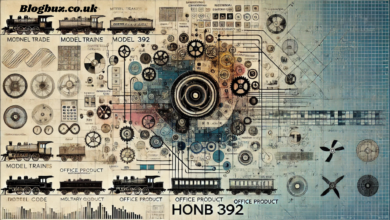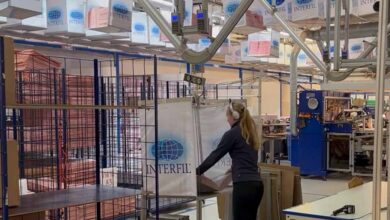The Role of Ultrasonic Speakers in Enhancing Accessibility and Communication

When we talk about an environment that’s “loud,” we’re referring to all of the sounds that are coming at us, all at once, from every direction. But one day, that could change. We may have the power to direct audio in much the same way we do visual information — selectively so that some people or areas hear something and others don’t. That day is closer than you think. With the development of ultrasonic speakers, directional audio is steadily changing the way that access and communication are considered in public and private settings.
Revolutionising Sound for Accessibility
Today, most models of speakers broadcast sounds outward in all directions. For the most part, people trying to listen — or trying not to listen — are forced to play a frustrating game of trying to sort one audio source from another. This is not so for advanced ultrasonic speakers, which have sound beams that are focused and direct. Ultrasonic speaker technology, like the kind designed by Focusonics, makes it easy for a source to direct messages and sounds with pinpoint accuracy.
In an art gallery, for example, visitors might stand before a single piece and want to hear an audio component in conjunction with the work. By including ultrasonic speakers, the audio narrative can be streamed to the exact location in front of the piece, with all of the clarity and few distractions. People who are in that space can get the information they need just a few steps away, without ever distracting the other visitors.
The tech is starting to appear in public transit scenarios, as well. With ultrasonic speakers, a terminal can broadcast important information and instructions to people in a specific location, like one train platform, without impacting the people close to another set of speakers, waiting on a different train.
Enhancing Communication Through Precision
These remarkable speakers do far more than enhance accessibility — they also offer opportunities to enhance clear communication at work or play. In libraries, for example, when students need audio guidance for navigation. The information is clear, the announcements are targeted to a specific group or person, avoiding disruption in the calm environment — and it’s a delicate dance that might not be possible without ultrasonic speakers.
Focusonics technology introduces all kinds of possibilities for audio-related challenges inside the modern public equipped with the right functional tools for optimal communication. Whether a business exists in a shared space or a retail floor plan is open to all, an ultrasonic speaker could go a long way to solving many of the problems associated with sound.
Practical Applications in Everyday Life
Practical applications for ultrasonic speakers are easy to imagine. In a shopping mall, for example, customers might appreciate a targeted audio experience that explains a nearby promotion — it wouldn’t need to include everyone in the building. Or an ultrasonic speaker might offer additional instructions to a single shopper in a place where not all of his or her fellow customers would be interested in that sort of interruptive advertising.
The technology also holds a lot of promise for medical facilities. Hospitals, for example, exist in this place where you want information sorted and directed with precision — but not so loud that it impacts everyone in the area. Focusonics speakers might allow a hospital to share valuable patient information in a crowded area without necessarily raising its voice.
There are countless applications for ultrasonic speakers, even in our own homes. Say a family is gathering to watch a movie in the living room while someone else is sitting nearby, reading a book. With an ultrasonic speaker, it’s possible to create a sound bubble so the movie-watchers are the only ones who can hear the broadcast. The reader (mostly) hears silence instead of the dramatic climax ruining the surprise of the book’s plot twist.
Breaking Barriers for the Hearing Impaired
Accessibility goes beyond convenience – it’s about making everyone feel like they are a part of the whole. People who are hearing impaired can have speakers broadcast audio directly to their hearing aids or cochlear implants. With a seamless connection, it’s easier to make sure those needing critical information (a fire alarm or airport announcements) can hear what they need to without broadcasting it to everyone else.
Think about a future where visually impaired people going to a cafe for a cup of coffee might receive speaker guidance to navigate their paths to their tables. Or about integrating ultrasonic sound with virtual reality for more immersive world experiences. Ultrasonic sound can create powerful results for everyone.




